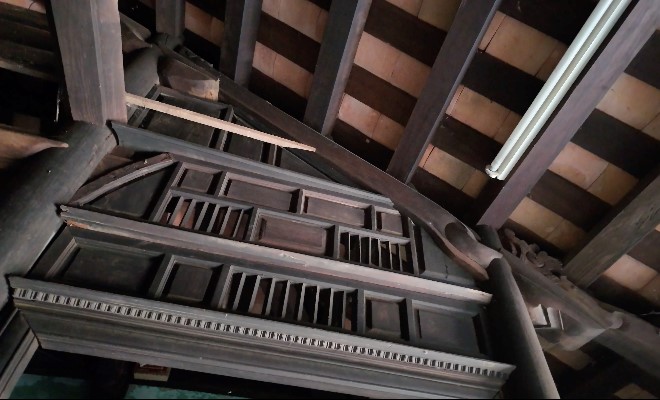At Thanh Ha Terracotta Museum, we can see jars, pots, sharpening tables, carrying poles, lanterns, figurines..., and listen to the soul of pottery talking on the reliefs that vividly recreate the history of the village's founding and the colorful life of the people of Thanh Ha Pottery Village.
Relief 1: The days of establishing villages and hamlets
History is often a choice that determines success or failure, but it does not exclude interesting opportunities or coincidences. Stopping at Thanh Ha is a coincidence or a choice?
Legend has it that in the 16th century, the people of Thanh Hoa-Nghe An went south by waterway and their boat encountered a storm so they stopped at “Con Dong” (one of the 13 hamlets of Thanh Ha commune) to shelter from the wind and anchor their boat. The river was charming and the waterways were both convenient, so the ancestors of the clans did not need to go any further and chose this place as their homeland.
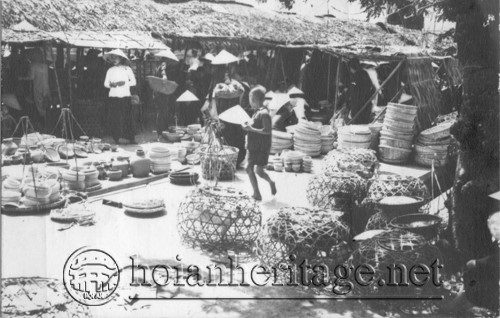
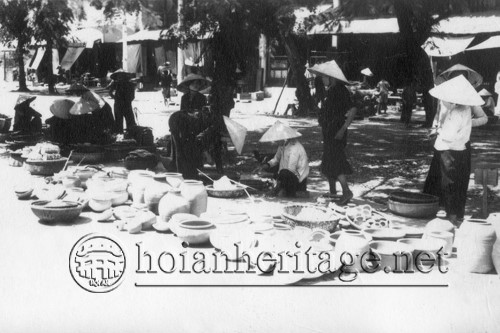
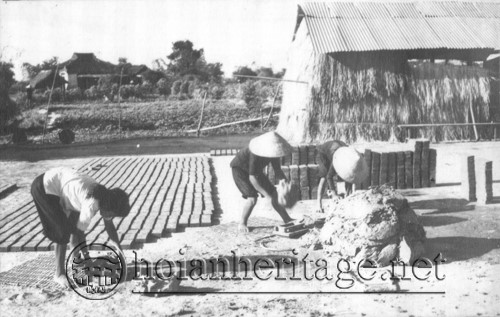
Relief 2: Thanh Ha between the two heritages of Hoi An and My Son
Thanh Ha Pottery Village Located between the two heritages of Hoi An and My Son, on the Thu Bon River - the road connecting the Champa State and the ancient Thi Port
Thanh Ha village was famous for its pottery and tile making. Especially the unique yin-yang tiles that you can still see on many roofs in Hoi An ancient town.
Thanh Ha is in the West and Kim Bong is in the East. East - West two sides, two arms have contributed to building and reconstructing the Old Quarter. House architecture, carvings... are all by Kim Bong, while materials (bricks, yin-yang tiles, pottery and fine arts) are by Thanh
Relief 3: Festivals, customs and beliefs of Thanh Ha pottery village
Festivals, temples, customs, beliefs, all display the cultural folds of the Thanh Ha community, and at the same time are the deep spiritual region of the land, of each person here.
In the early 19th century, the founder moved the kiln to Nam Dieu hamlet (Southern pottery kiln) where the ancestors built a temple to worship the founder of the pottery profession, the villagers hold a ceremony every year and it still exists today. The death anniversary of the founder of the pottery profession in Thanh Ha is held every year on the 10th day of the 7th lunar month, not only as a religious ceremony to commemorate the ancestors and predecessors who founded the village and the profession, but also has practical significance as a "kiln closing ceremony." Because from the 7th lunar month, the Thanh Ha area is often affected by floods, this is the time when people temporarily stop production to protect the village and prepare for the upcoming flood season.
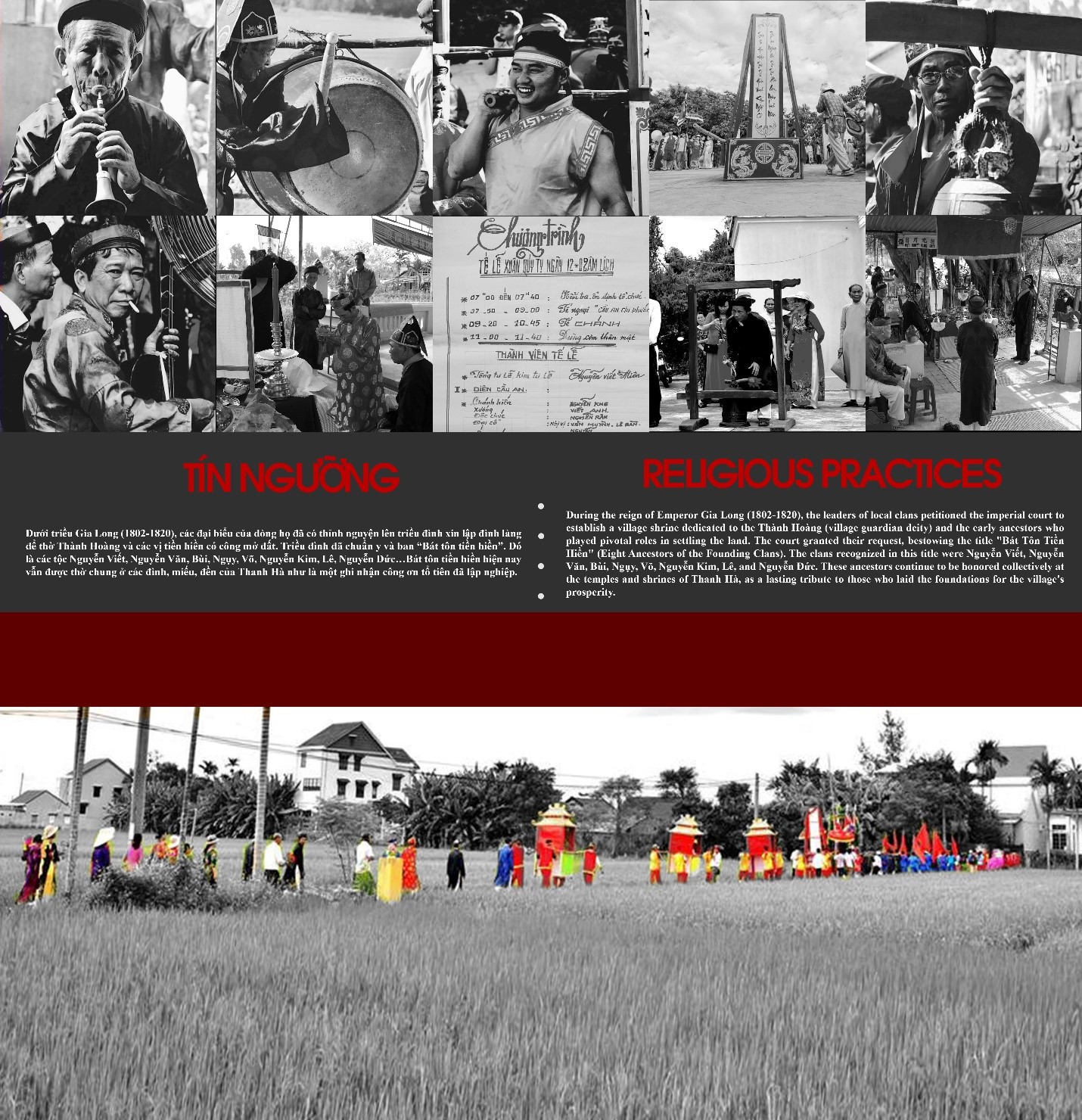
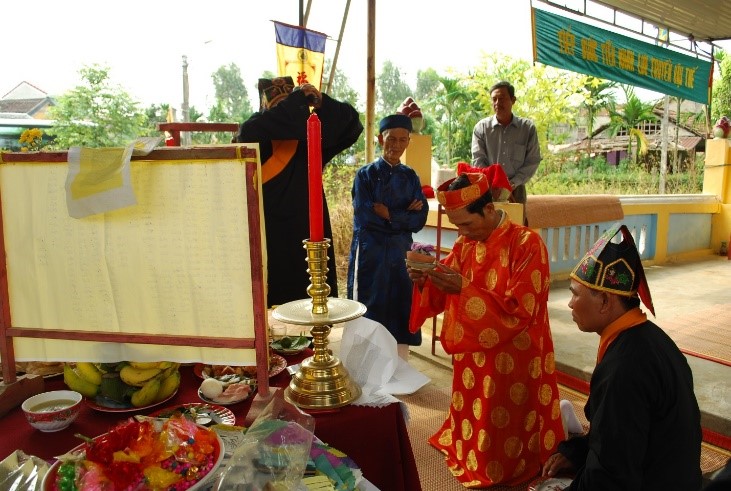
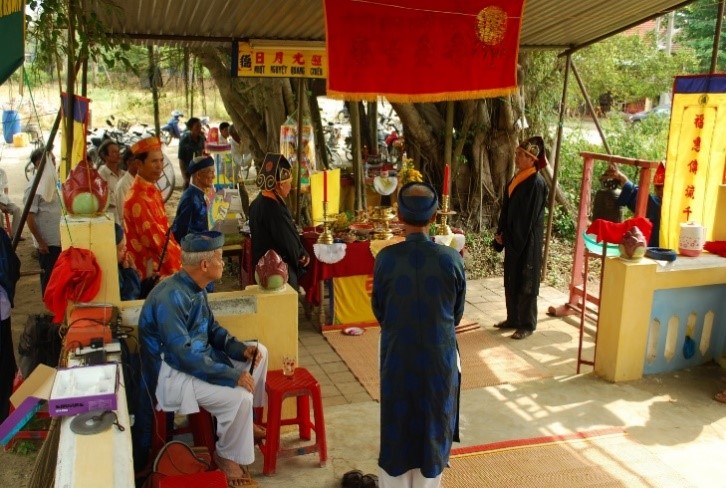
During the Gia Long Dynasty (1802-1820), representatives of the clans petitioned the court to establish a communal house to worship Thanh Hoang and the ancestors who had contributed to the land opening. The court approved and granted the "Eight ancestors". These were the Nguyen Viet, Nguyen Van, Bui, Nguy, Vo, Nguyen Kim, Le, Nguyen Duc clans... The Eight ancestors are still worshiped today in communal houses, temples, and shrines of Thanh Ha as a recognition of the ancestors' contributions to the establishment of the land.
Every year, on the 10th of January 9 (Spring Festival) and the 10th of July (Autumn Festival), potters in Thanh Ha village (Hoi An) hold a ceremony to worship their ancestors at Nam Dieu Temple Area with solemn rituals. This is an occasion to express gratitude and respect to ancestors who created and developed the pottery profession, and to pray for a year of favorable business, health and peace for the community.
The ceremony to worship the profession's ancestors in Thanh Ha includes traditional sacrificial rituals, including the worship of Heaven and Earth, Thanh Hoang, So Am Linh, Ngu Hanh, Son Tinh Nhi Vi and Eunuch Bach Ma. In particular, in the spring ceremony on the 10th of January, there is a ritual Tong Long Chu – the custom of releasing dragon boats made of bamboo and paper into the Thu Bon River to ward off evil spirits, drive away bad luck and pray for peace for the whole village.
River 4: Traditional pottery production process of Thanh Ha village
Thanh Ha village is located next to Thu Bon river, where there is a large source of clay, so it was chosen by our ancestors as the place to develop a pottery village. Clay is taken from the riverbank, goes through a cycle of pottery making in the village, the pottery products return to the river, and are carried by merchants' boats to everywhere.
Women are the mothers who give birth to their children - ceramic products with their own hands, while men are responsible for baking them into finished products in the kiln like fathers who put in the hard work day in and day out. Is it because women are the mothers of ceramic shapes that ceramics are often narrow at the bottom, and the mouth of the ceramic is often round (yin) instead of square (yang)?
On August 27, 2019, Thanh Ha pottery was recognized by the Ministry of Culture, Sports and Tourism as a National Intangible Cultural Heritage.
Relief 5: Continuing the profession and preserving it
Thanh Ha pottery has gone through many ups and downs along with the fluctuations of the historical, social and economic context, but the villagers are still determined to stick with the craft and develop it until today. That is also partly thanks to the efforts of the village's elders, "those who seek the soul of the land", who have tirelessly passed on the flame to preserve the village, rekindling the fire from smoldering ashes even in the most difficult period of Thanh Ha pottery and passing on the passionate love of pottery to generations of descendants to continue to preserve and promote the legacy of their ancestors.
Mrs. Nguyen Thi Duoc - Legend of the pottery village
Mrs. Nguyen Thi Duoc, with nearly 80 years of experience working with clay, smelting tables, and kilns, is the most experienced potter in the village and is considered a "legend of the pottery village". She has devoted her whole life to Thanh Ha pottery village. With her talented hands, she has always been a skilled worker for more than 75 years of making pottery. She has devoted all her heart to passing on pottery smelting techniques and inspiring her children and grandchildren with all her heart, contributing to lighting a strong and lasting flame for the longevity of Thanh Ha pottery village. On the inauguration day, Thanh Ha Terracotta Park was honored to have her smelt the first roundabout - a lucky symbol of the village.
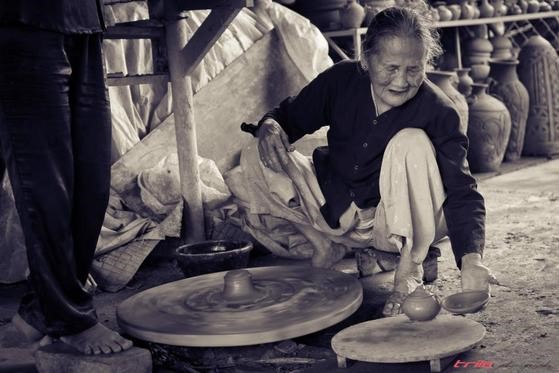
Kiln in the village
Thanh Ha pottery village only builds two types of traditional kilns: Upside-down kilns and Downside-down kilns. One kiln faces the sky, the other faces the ground in the concept of Yin and Yang of Oriental culture. Upside-down kilns have fire burning straight from below, using coal and firewood, used for products that are construction materials. Downside-down kilns have fire rolling from above, fired by firewood, used for household products.
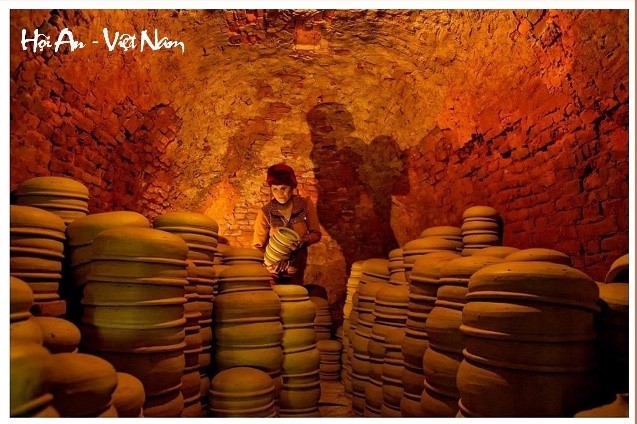
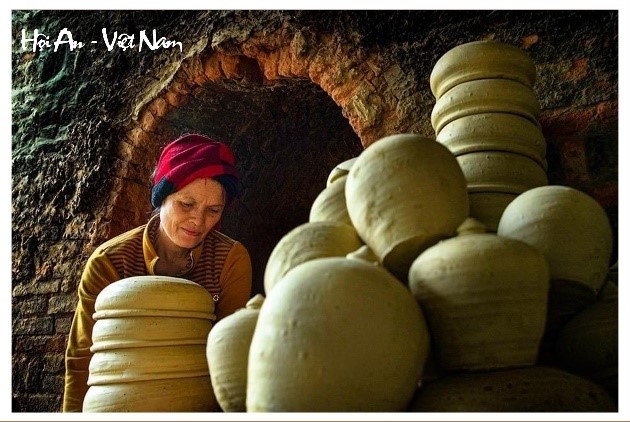
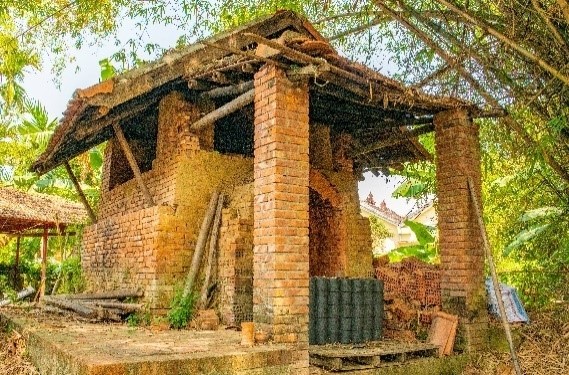
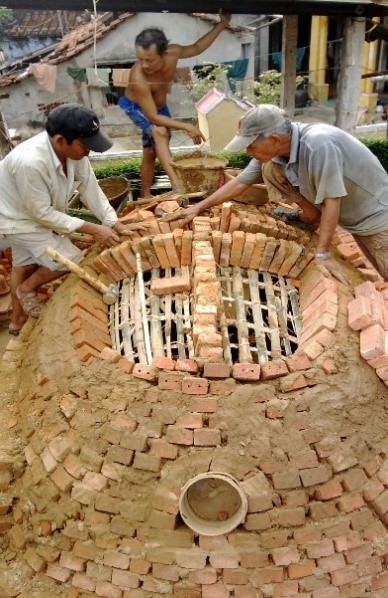
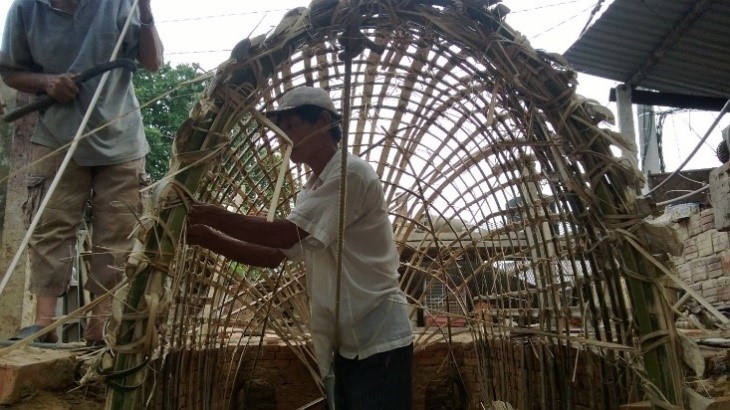
Traditional products of Thanh Ha pottery village
From the mossy yin-yang tiled roofs, from the ceramic lanterns that cast magical, shimmering lights and shadows to the funny figurines, the pots and pans that show off their shapes... All are products of Thanh Ha. The book Dai Nam Nhat Thong Chi - published by the National History Institute of the Nguyen Dynasty - also listed Thanh Ha pottery in the Quang Nam local products section. According to legend, some Thanh Ha artisans were invited to the Hue Royal Court to work.
Most of Thanh Ha pottery is produced by hand, the shaping is done by hand on a turntable, not covered with glaze. Thanh Ha pottery is smooth, durable, light, and when tapped it makes a very clear sound.
Some typical ceramic products of Thanh Ha village: jars, pots, basins, urns, mortars, teapots, kettles, urns, trays, om, roundabouts...
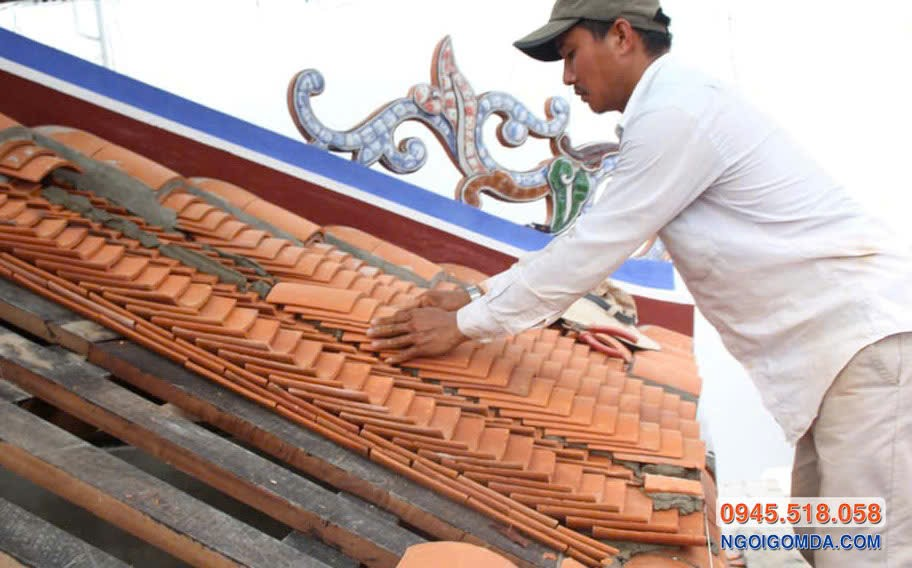
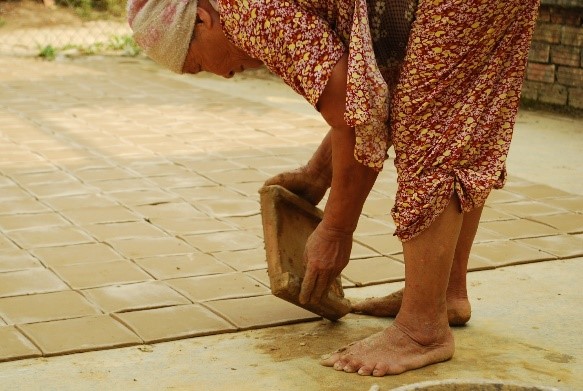
RELIGIOUS RELICS OF SPECIAL VALUE
– Xuan My communal house was built in the late 18th century and was recognized as a national monument in 1993.
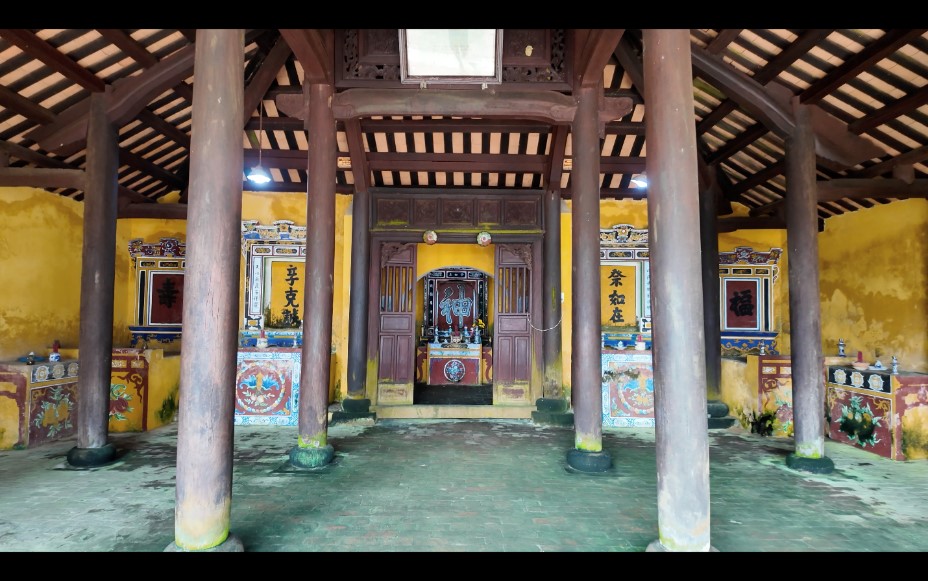
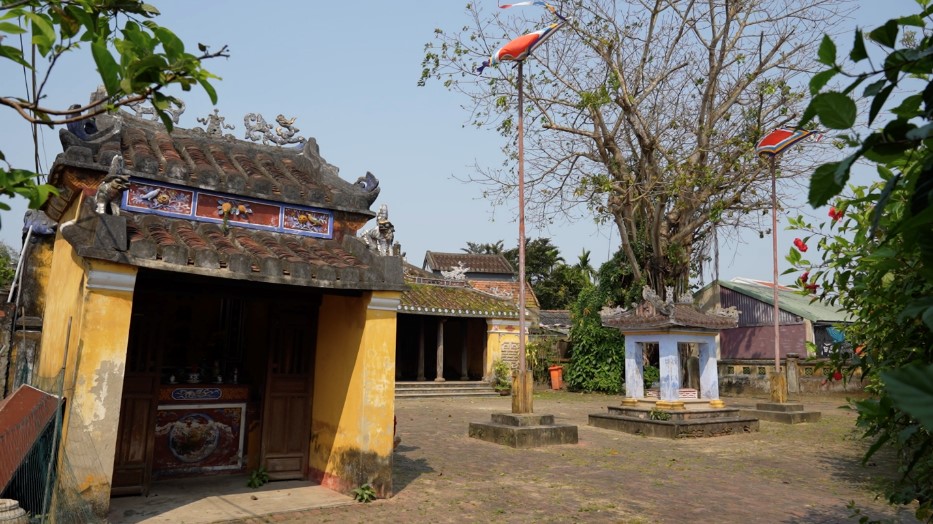
– The Nam Dieu Pottery Ancestor Temple is the central place for religious ceremonies of the residents of the entire Nam Dieu hamlet, recognized as a provincial-level relic in 2008, including the Eunuch Temple built in 1843, the Craft Ancestor Temple built in 1866, the Am Linh Temple built in 1898, and the Son Tinh Temple. In the Ancestor Temple area, residents worship the main god of the craft, the Thanh Hoang god, the main god of the hamlet, and combine the worship of guardian gods related to the village and the profession, such as Eunuch Bach Ma, Ngu Hanh Tien Nuong, Tho Than, Son Tinh Nhi Vi, and the worship of the Predecessors and Am Linh.
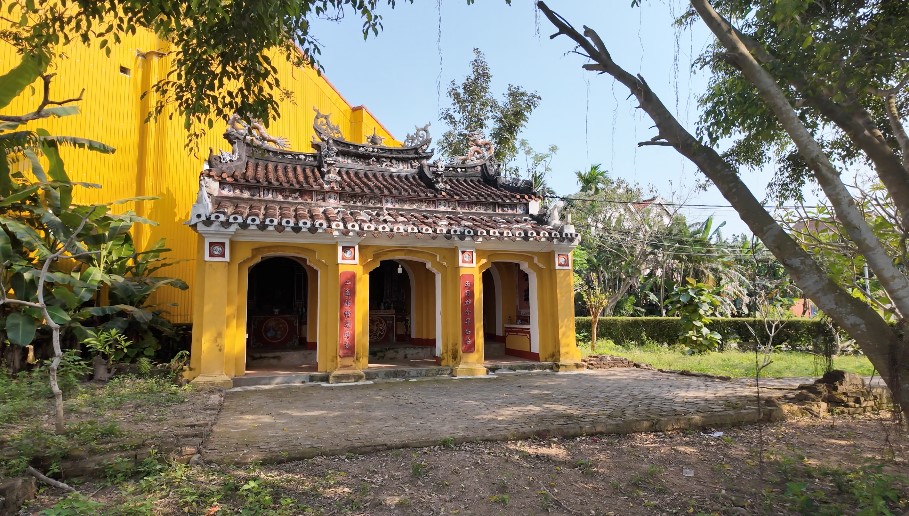
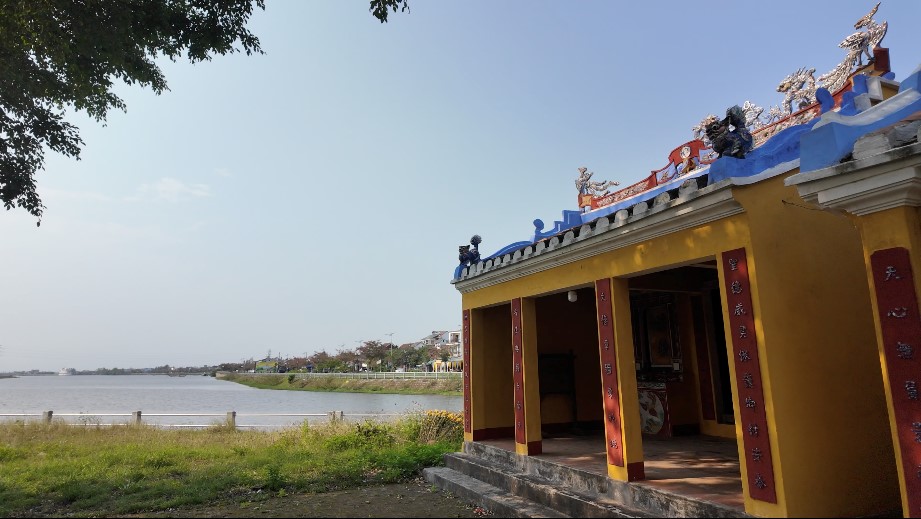

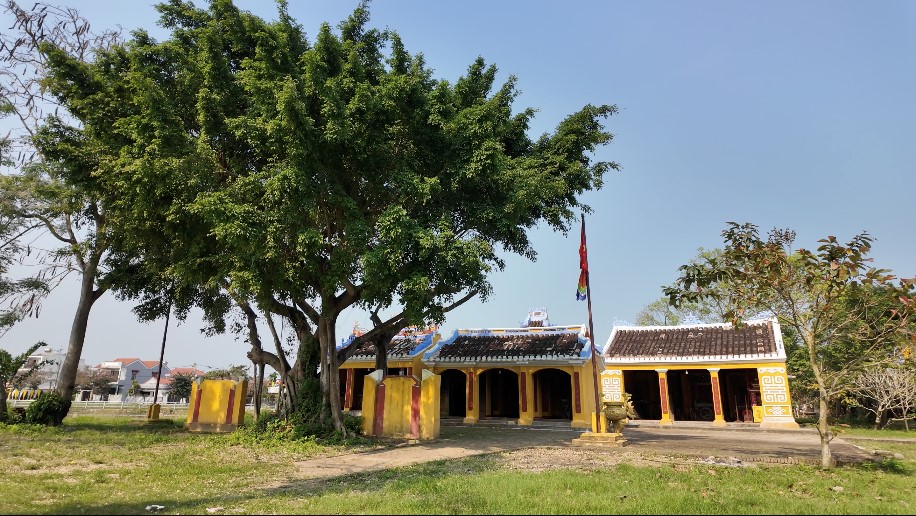
– Boc Thuy Hamlet Temple of the ancient Thanh Ha village, a relic included in the list of relics protected by the People's Committee of Quang Nam province according to Decision 1353/QD-UB, dated August 15, 2007.
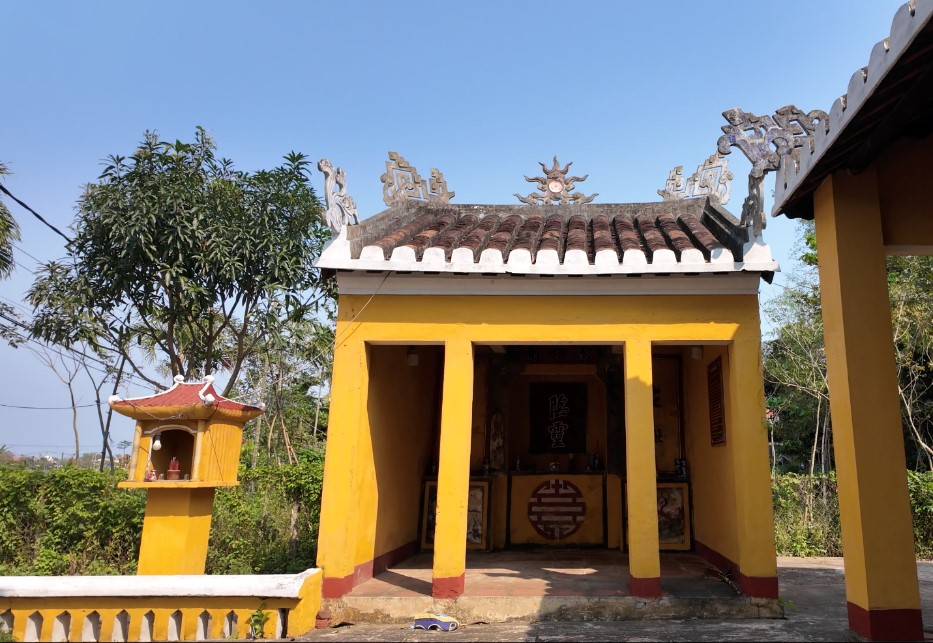
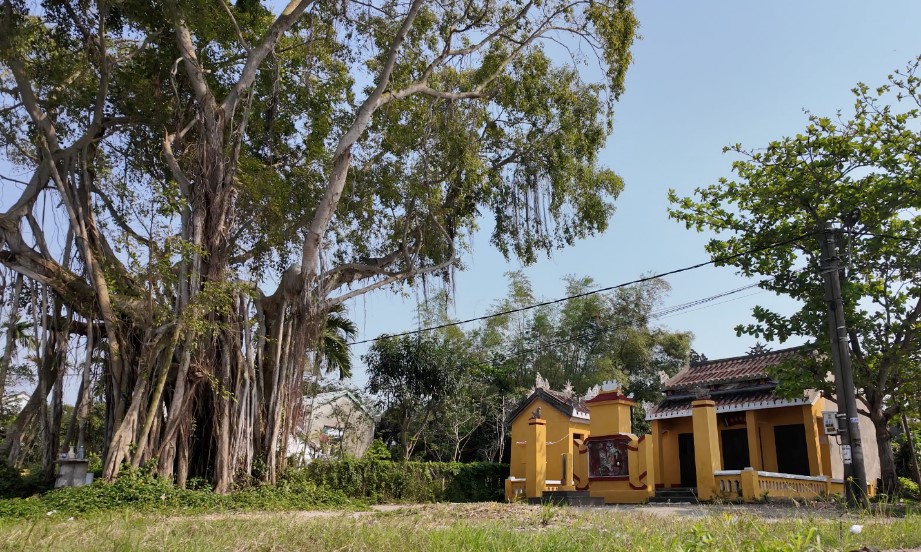
– Nghia Tu Temple
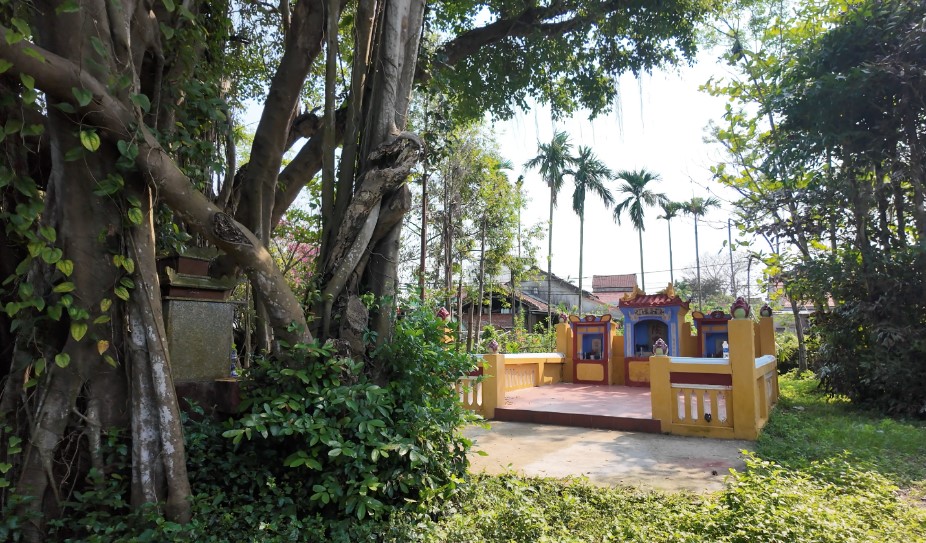
Clan Church
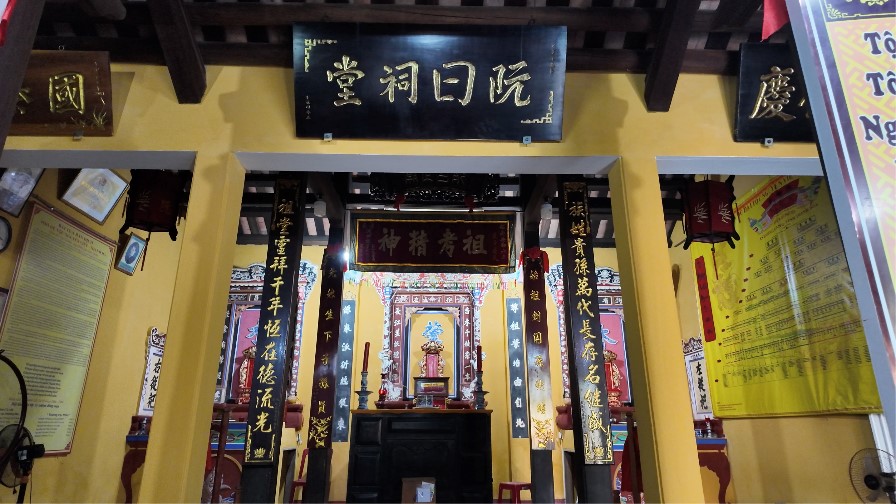
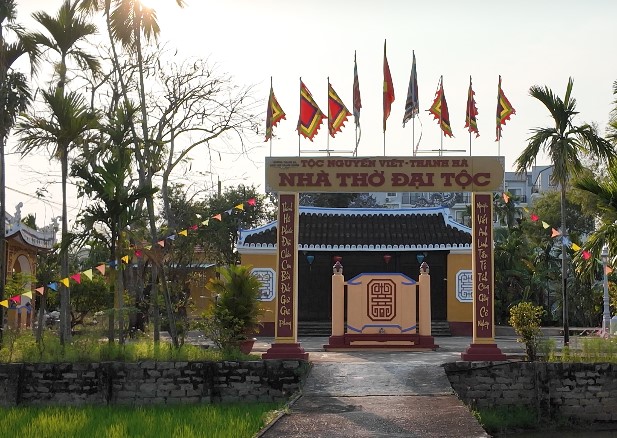
HOUSING
Regarding residential architecture, there are valuable relics reflecting the development of the pottery industry such as Mr. Le Ban's house, a three-room garden house, built in the late 19th century by a wealthy pottery merchant in the pottery village at that time, Mr. Le Tu. The garden house has a unique architectural value, typical of the type of rural housing in the 19th century. In addition, in the mid-20th century, in Thanh Ha Pottery Village, many brick-making households became wealthy and built many one-story houses with French-style facades but still preserved the yin-yang tiled roofs.
